Täglicher Bestellschluss um 14:00 Uhr
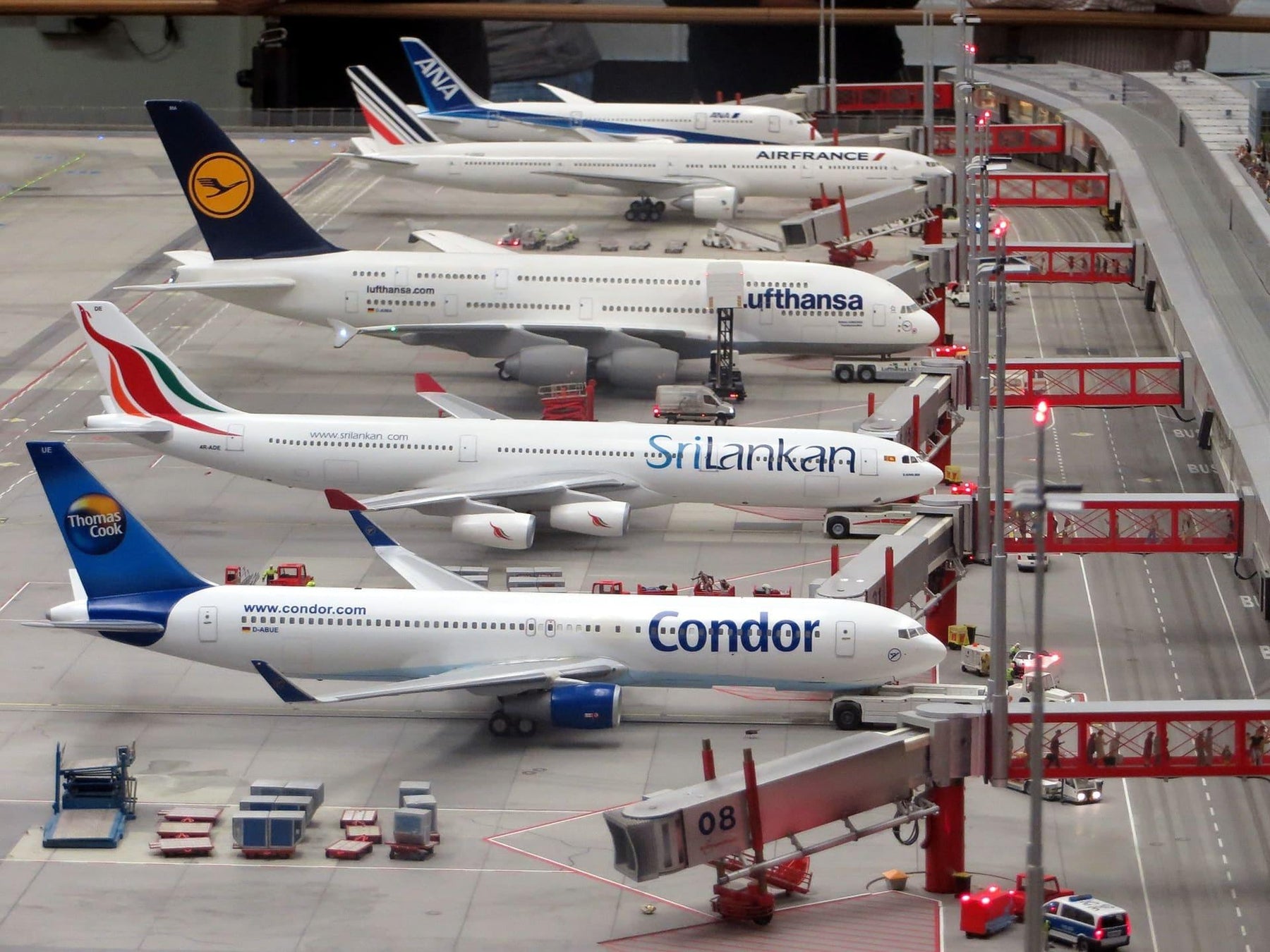
Wie wichtig ist Werkzeugkontrolle und Verantwortlichkeit in der Luftfahrtindustrie?
Die moderne Luftfahrt ist eine der sichersten und geschütztesten Transportformen. In gewissem Maße liegt dies an den strengen Sicherheits- und Schutzprüfungen, die durchgeführt werden Vorflug durchgeführt. Aber was die meisten Menschen nicht wissen, sind die außergewöhnlichen Maßnahmen, die Fluggesellschaften ergreifen. Es gibt viele Maßnahmen und Richtlinien, die dafür sorgen, dass die Flugzeuge so sicher wie möglich sind. Die Werkzeugkontrolle in der Luftfahrt beginnt mit den einfachsten Dingen. Zum Beispiel sicherzustellen, dass keine Fremdkörper (FOD) ieinschließlich Werkzeuge, die nach der routinemäßigen Wartung in irgendeinem Teil der Maschine zurückgelassen werden.
Schließlich ist Prävention IMMER besser als Heilung.

Was sind die CAA- und FAA-Werkzeugkontrollvorschriften?
Die meisten britischen Fluggesellschaften haben eine Richtlinie zur Werkzeugkontrolle und -verantwortung eingeführt, wie sie von Die Zivilluftfahrtbehörde. Das kommt under Richtlinie 145-2 Ausrüstung, Werkzeuge und Materialien – OTAR Teil 145.109. Und in den USA unter Der Bundesluftfahrtadministrator. AC Nr: 150/5380-5B. Die Richtlinien sind verständlicherweise sehr ähnlich, aber im Vereinigten Königreich gibt die CAA Folgendes vor:
Werkzeuge und Ausrüstung
“(a) Alle Werkzeuge und Geräte, die hinsichtlich Wartung oder Kalibrierung kontrolliert werden müssen, um bestimmte Abmessungen und Drehmomentwerte usw. zu messen, sollten identifiziert und in einem Kontrollregister aufgeführt werden. Dazu gehören auch persönliche Werkzeuge und Geräte, die die Organisation für die Verwendung genehmigt hat.
Werkzeugkontrolle
(b) Die Kontrolle solcher Werkzeuge und Ausrüstungen erfordert, dass die Organisation ein Verfahren zur Inspektion/Wartung hat. Und wo angemessen, solche Gegenstände regelmäßig kalibrieren und den Benutzern anzeigen, dass der Gegenstand innerhalb der Inspektions-, Wartungs- oder Kalibrierungsfrist liegt.
Werkzeugbeschriftung
(c) Ein klares System zur Kennzeichnung aller Werkzeuge, Ausrüstungen und Prüfgeräte ist daher notwendig, um Informationen darüber zu geben, wann die nächste Inspektion, Wartung oder Kalibrierung fällig ist und ob der Artikel aus einem anderen Grund unbrauchbar ist, wo dies möglicherweise nicht offensichtlich ist. Ein Register sollte für alle Präzisionswerkzeuge und -geräte geführt werden, zusammen mit einem Protokoll der verwendeten Kalibrierungen und Standards.
(d) Inspektion, Wartung oder Kalibrierung sollten regelmäßig gemäß den Anweisungen der Gerätehersteller erfolgen, es sei denn, die Organisation kann durch historische Kalibrierungs- und/oder Serviceergebnisse nachweisen, dass in einem bestimmten Fall ein anderer Zeitraum angemessen ist.
Die Schlüssel zur Werkzeugkontrolle in der Luftfahrt
Im Kern steht die Tatsache, dass Organisationen wie Fluggesellschaften in der Lage sein müssen, die Werkzeuge und Ausrüstungen zu inspizieren und zu überwachen, die zur Wartung ihrer Flugzeuge verwendet werden. Wenn eine Werkzeugkiste ein zufälliges Durcheinander von Schraubenschlüsseln, Schraubendrehern und anderen Werkzeugen enthält, wie kann dann jemand überhaupt feststellen, ob etwas fehlt?
Sicherzustellen, dass alle Luftfahrtmechaniker diese Vorschriften einhalten, kann ein zeitaufwändiger Prozess sein. Sowohl für den Mechaniker als auch für die Fluggesellschaft. Es ist jedoch ein kritischer Prozess, da das Hauptziel der meisten Werkzeugkontrollrichtlinien darin besteht, die Beseitigung von Flugzeugunfällen und -vorfällen sicherzustellen, die durch unsachgemäße Verantwortung für Werkzeuge verursacht werden.
Das Zurücklassen eines Werkzeugs in oder in der Nähe eines Flugzeugs oder seines Motors ist nicht nur eine Unannehmlichkeit, sondern auch ein potenziell katastrophisches Sicherheitsrisiko.
Nur im Jahr 2015, ein Airbus-Hubschrauber ist in Australien abgestürzt nachdem ein Werkzeug während der Wartung zurückgelassen worden war. Und gerade schau dir das an über den Schaden, den ein zurückgelassener Schraubendreher an der Propeller eines Flugzeugs verursacht hat. Dies führte zu weiteren Schäden am Rumpf in diesem US-Vorfall von 2018. Wirklich erschreckend.
Werkzeugkontrollkosten und -probleme
Die Werkzeugkontrolle ist entscheidend, um sicherzustellen, dass alle Luftfahrtwerkzeuge am Ende des Tages erfasst werden können. Dies kann nur erreicht werden, wenn jedes Werkzeug einen Platz hat, an dem es immer aufbewahrt werden sollte, wenn es nicht in Gebrauch ist. Dadurch wird eine entscheidende, schnelle Identifizierung ermöglicht, falls ein Werkzeug verloren geht oder fehl am Platz ist.
Probleme mit der Qualitätskontrolle von Werkzeugen kosten die Luftfahrtindustrie jedes Jahr über 500 Millionen Pfund. Schaumeinlagen wie Shadow Foam sind die bevorzugte Wahl der meisten Luftfahrtwartungsunternehmen.
Die CAA-Vorschrift besagt, dass Werkzeuge identifiziert, aufgelistet, gekennzeichnet und regelmäßig zur Inspektion verfügbar sein sollten. Shadow Foam bietet eine einfache Lösung, um diesen Prozess zu vereinfachen.

Was ist Shadow Foam?
Shadow Foam ist ein hochwertiger Polyethylen-Schaumstoff, der sich leicht schneiden und formen lässt. Das Material ist in verschiedenen Tiefen und Farben erhältlich, was bedeutet, dass es entsprechend Ihren Anforderungen für eine kostengünstige, aber elegante Lösung für Ihre Werkzeugkontrollanforderungen angepasst werden kann. Es kann mit jeder Marke verwendet werden, schauen Sie sich unser an Milwaukee Werkzeugkasten-Organizer Seite, um ein Beispiel zu sehen.

Der Schnitt
Die Schönheit daran ist, dass es sauber schneidet, ohne zu hängen oder zu ziehen, und dabei eine saubere Schnittfläche hinterlässt, die ideal ist, um Einsätze zu erstellen, unabhängig von der Form oder Größe der Werkzeuge. Um mehr über Shadow Foam zu erfahren hier klicken.
Wie wird Shadow Foam in der Luftfahrtindustrie verwendet?
Innerhalb der Luftfahrtindustrie verwenden viele Ingenieure Shadow Foam, um ihre Werkzeuge und Ausrüstungen in ihren Werkzeugkästen zu sichern. Es ist auch nicht notwendig, Ihre Werkzeuge für teures Schneiden und Anpassen wegzuschicken, da all dies einfach selbst erledigt werden kann. Entweder vor Ort oder zu Hause, zu Zeiten, die Ihnen passen. Die Formen der Werkzeuge sind in den Schaumstoff geschnitten, um sichere Taschen zu schaffen, in denen die Gegenstände sitzen können.
Schauen Sie sich unser gallery und Sie werden sehen, wie einfach Shadow Foam™ Ordnung in Ihr Luftfahrt-Werkzeugset bringt.
Wenn verwendet in Rollcab oder Werkzeugtruhen, Shadow Foam organisiert sofort jedes Werkzeug und ermöglicht eine einfache Werkzeugverantwortung. Diejenigen Diejenigen, die Shadow Foam verwenden, berichten auch, dass sie es viel einfacher und schneller finden, bestimmte Werkzeuge zu finden, was sie ebenfalls schneller und effizienter arbeiten lässt. Sie können, wenn Sie möchten, Ihre Werkzeuge so organisieren, dass die am häufigsten verwendeten leicht erreichbar sind… eine einfache, praktische Lösung.
Ingenieure
Shadow Foam erleichtert es Ingenieuren auch, auf einen Blick zu überprüfen, ob alle Werkzeuge in den Werkzeugkasten zurückgegeben wurden. Dies hilft daher, Bedrohungen durch Fremdkörpertrümmer zu überwinden und erfüllt die Vorschriften und Richtlinien der Fluggesellschaften, wodurch Unfälle verhindert werden.
Weitere Vorteile von Shadow Foam für die Werkzeugkontrolle
Neben der schnellen und einfachen Überprüfung des Werkzeugbestands für Ingenieure bietet die Verwendung von Shadow Foam zur Aufbewahrung von Werkzeugen mehrere weitere Vorteile:
Reduziert das Risiko von Fremdkörpern
FOD, oder Fremdkörper, ist eines der größten Risiken, mit denen die Luftfahrtindustrie konfrontiert ist. Werkzeug FOD, verursacht durch Werkzeuge, die von Ingenieuren während der Konstruktion und Wartung versehentlich zurückgelassen wurden cstellt eine sehr ernsthafte Bedrohung für Flugzeuge und die Sicherheit dar.
Die Organisation und Sicherung von Werkzeugen mit Shadow Foam verringert das Risiko, dass Werkzeuge versehentlich zurückgelassen werden und ernsthafte Schäden und Sicherheitsrisiken verursachen.
Verbessert die Effizienz von Ingenieuren
Wenn jedes Werkzeug seinen eigenen Platz im Werkzeugkasten hat, wird schnell deutlich, wenn eines fehlt. Dies verringert die Wahrscheinlichkeit, dass Ingenieure Werkzeuge verlieren oder bei einem Job ohne das benötigte Werkzeug erscheinen. Wenn das Werkzeugset ordentlich und organisiert ist, hilft es den Ingenieuren auch, Aufgaben schneller und effizienter zu erledigen.
Sichere Werkzeuge
Das Lagern von Werkzeugen auf einer Schaumstoffplatte anstelle von lose in einem Werkzeugkasten schützt und sichert auch einzelne Werkzeuge, um zu vermeiden, dass sie während des Transports beschädigt werden.
Reduziert Ausgaben durch Werkzeugschäden und -verluste
Spezialwerkzeuge und -geräte können äußerst teuer sein, und die Wartung von Flugzeugen erfordert die höchste Qualität an Werkzeugen. Das Verpacken von Werkzeugen in Shadow Foam verringert das Risiko, ein fehlendes Werkzeug zu übersehen, wenn man nach einem Einsatz zusammenpackt. Das spart Kosten für den Ersatz fehlender Werkzeuge.
Verbessert die Verantwortlichkeit
Die Notwendigkeit, Sicherheit und Effizienz in den Mittelpunkt der Flugzeugwartung zu stellen, bedeutet, dass Verantwortlichkeit und Prüfpfade in der Luftfahrtindustrie unerlässlich sind.
Ingenieure in sowohl militärischen als auch kommerziellen Situationen gehen dieses Problem an, indem sie eine verbesserte Leistung einbringen. Dies sorgt für eine bessere Sichtbarkeit, wenn es um die Werkzeugkontrolle geht. Shadow Foam™ bedeutet, dass die tägliche Verantwortlichkeit ein einfacher Prozess ist.
Wenn Sie in der Luftfahrtindustrie tätig sind und die Werkzeugkontrolle ein Problem ist, das Sie lösen müssen, dann rufen Sie uns noch heute an unter 0808 168 2878 oder E-Mail sales@shadowfoam.com

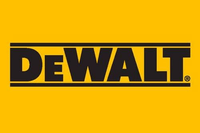
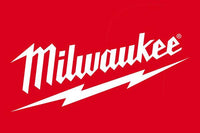
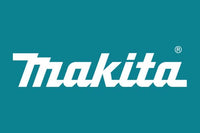
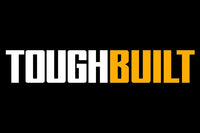
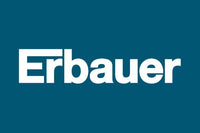
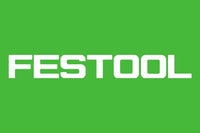


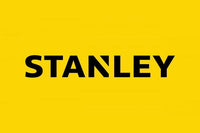
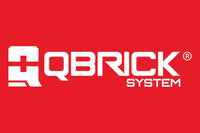

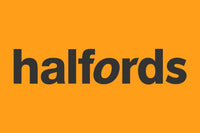
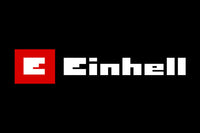
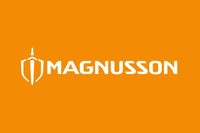
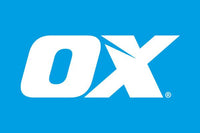
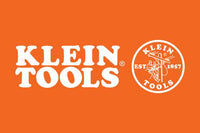
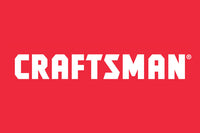
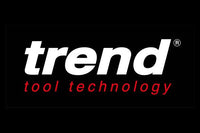
 Kostenloses Schneideset bei qualifizierten Bestellungen
Kostenloses Schneideset bei qualifizierten Bestellungen
 Über 4.000 positive Bewertungen
Über 4.000 positive Bewertungen
 Mehr als 500 Videos auf YouTube
Mehr als 500 Videos auf YouTube
 Unterstützung in Großbritannien
Unterstützung in Großbritannien